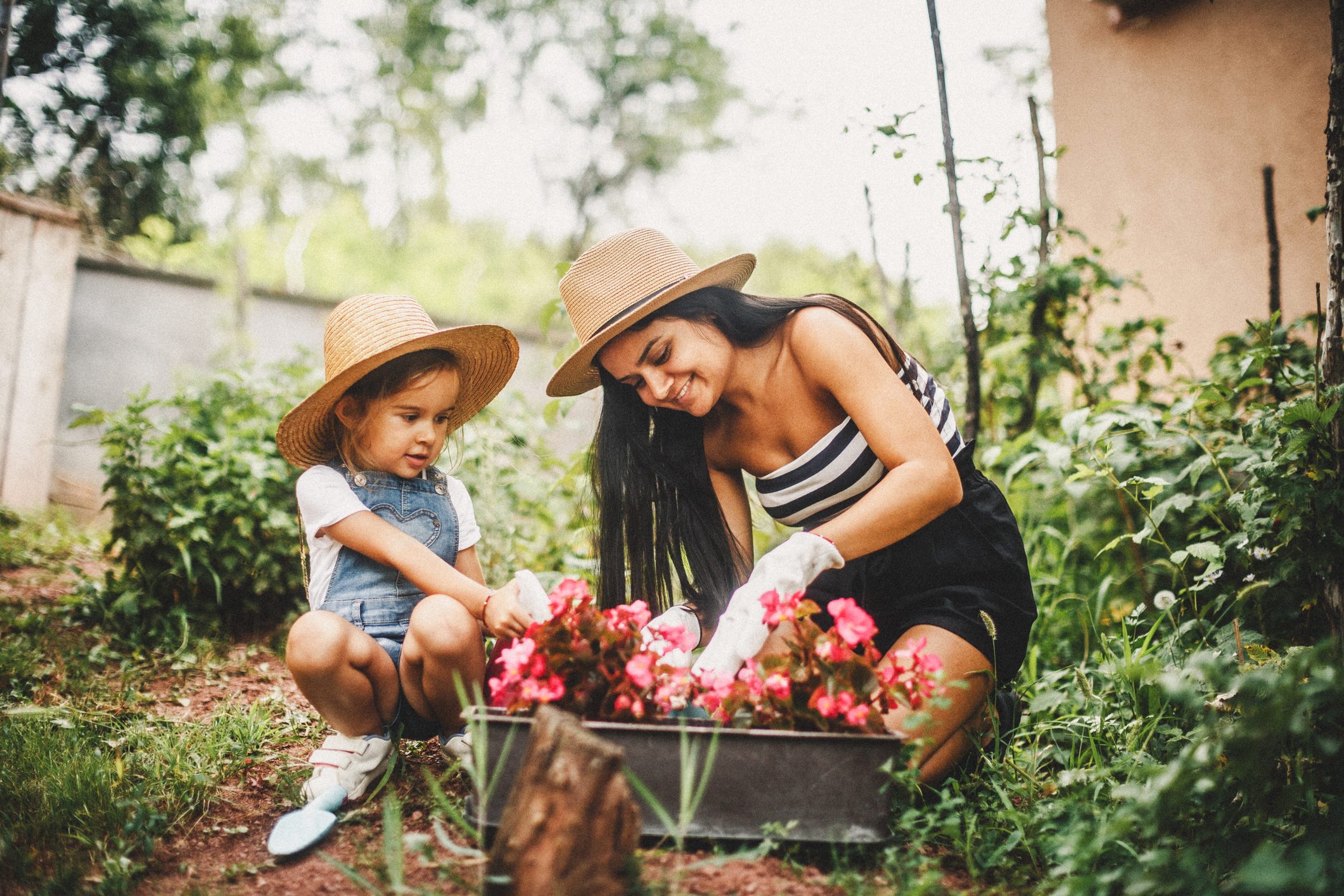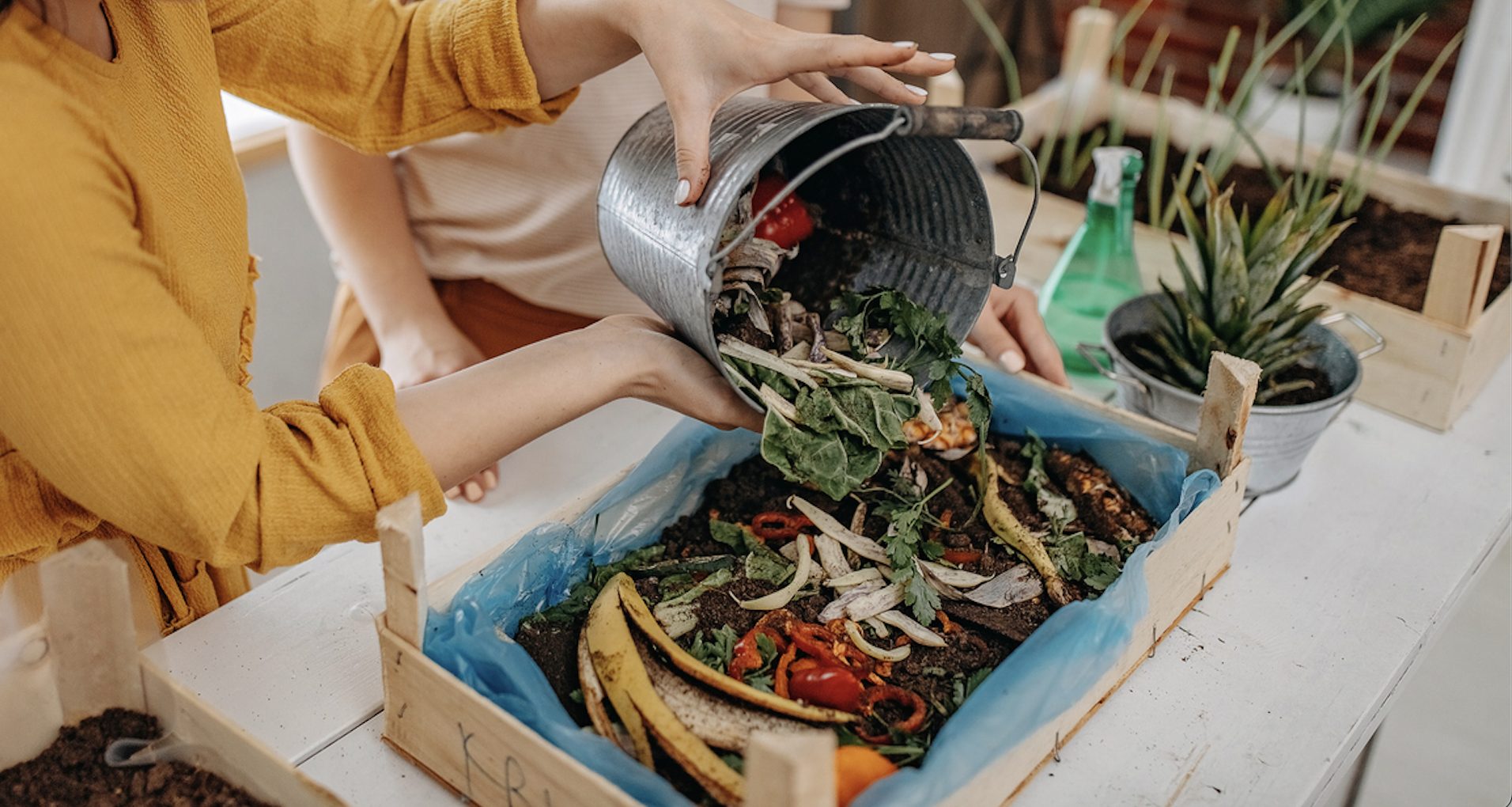12 Kitchen Residues & Leftovers That You Can Use in Your Garden
Whether you have a large garden or some small pots on your balcony, these leftover items from your kitchen will help your plants thrive.
;)
Most of us want to save money and help the environment, but did you know that by re-using some kitchen waste and leftovers, you can actually encourage the healthy growth of plants in your garden?
Whether you have a large garden or some small pots on your balcony, these leftover items from your kitchen will help your plants thrive.
1. Used Coffee Grounds

Don’t dump the used grounds from your breakfast coffee! They help to enrich your garden soil and compost.
2. Egg Shells

Egg shells are made up of more than 95% minerals, including calcium carbonate, which is an essential element required for plant growth. Eggshells also contain magnesium, potassium, iron, and phosphorus, as well as protein.
3. Empty Milk Bottle

This is a great hack for the new gardener who hasn’t bought a watering can yet! Recycle an old plastic milk bottle with a lid by heating a needle and poking holes through the lid so water can flow through it, just like the head of a watering can.
4. Citrus Peels to Start Seeds Off

Don’t throw your citrus peel. Poke a hole in the bottom of half a citrus fruit peel, fill it with potting soil, sow a seed and water it. When the seedling is ready to plant on, put it in the garden or container with the peel, which will decompose and nourish the plant as it grows.
5. Use a Coffee Filter Paper to Line a Plant Pot

When you re-pot a plant, add a used coffee filter paper to the bottom of the pot before adding the soil. This keeps the pot drainage holes free from clogging up, and it stops water from running straight out the bottom of the pot after watering.
6. Use Cooking Water as Fertilizer

When you boil or steam vegetables or eggs, don’t pour the water away. When it’s cooled, pour the vegetable water on your plants instead to help fertilize them.
7. Use Banana Peels for Compost

Like other kitchen scraps, fruit peels can be added to your compost bin, or used directly in the garden as a replacement for chemical fertilizers.
8. Nutshells as Mulch or Compost

Nutshells are good to add to your compost bin because they take a longer time to break down. They also work well as a mulch because of the same reason. Don’t use black walnut hulls, as they contain a substance that is toxic to many plants.
9. Paper Towel Rolls

Cut the cardboard tubes into sections, and press into the soil around newly planted seedlings to help protect them from slugs and other pests.
10. Use Peppers as a Pest Deterrent

The leftover parts of peppers, such as the seeds and tops, can be used to keep garden pests at bay. Blend the waste parts, mix with water in a spray bottle, and use the spray to deter pests.
11. Fruit and Veg Scraps

You can use these scraps for compost, but you can also put them through a food processor, and add the mixture around your tomatoes, peppers etc. to feed them.
12. Foods that Regrow Themselves
Save money on your grocery bill by using these kitchen scraps to re-grow into the foods they were originally:
Green onions
Lemongrass
Leeks
Fennel
Spring onions
Celery
Cabbage
Romaine lettuce
Bok choy
Ginger
Onions
Garlic
Mushrooms
Potatoes and sweet potatoes
Pineapple
;Resize,width=767;)
;Resize,width=712;)

;Resize,width=712;)
